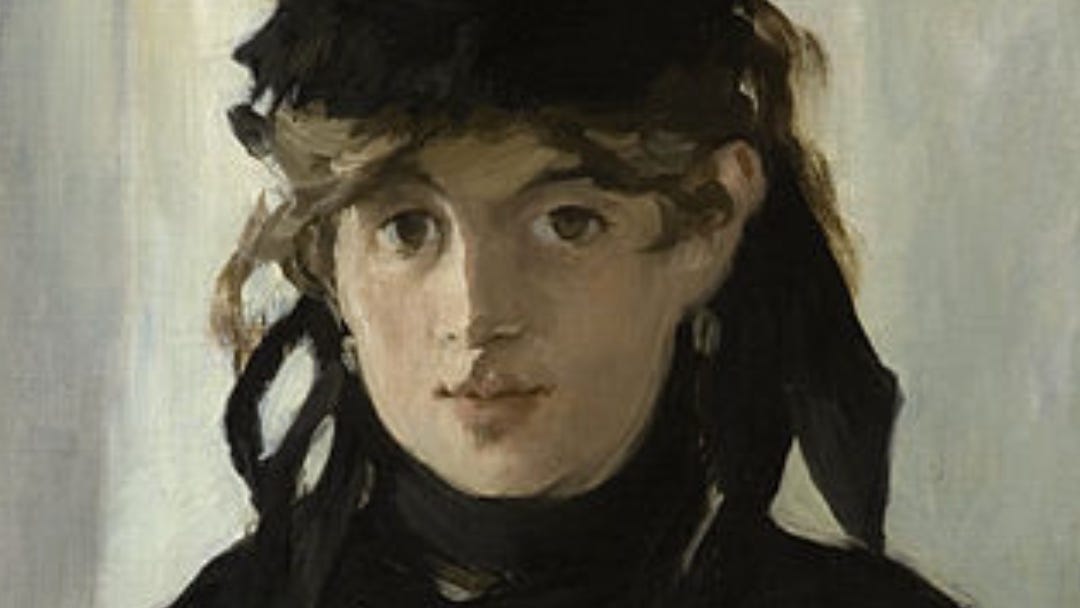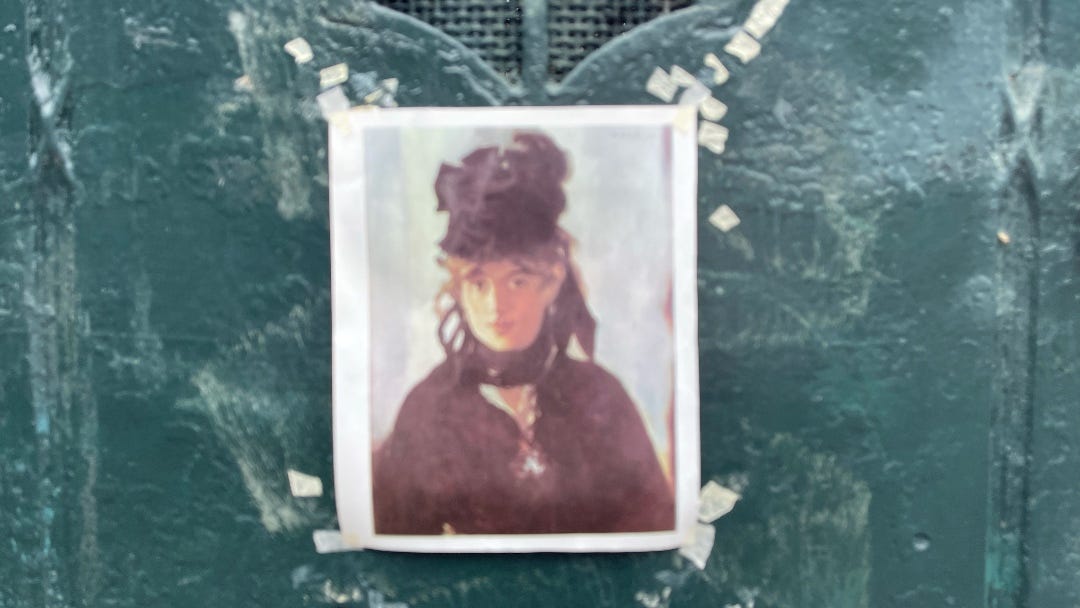Before starting today's story, I'll write a few words about the subtitle "Relics of History 1." As this phrase suggests, there will indeed be more newsletters with this subtitle.
It's a new project, a series based on a recurring theme in my newsletters, which I want to give a more recognizable space within Substack.
The new series explores the hidden historical connections surrounding us in everyday landscapes, urban environments, or elsewhere, revealing the stories and remnants of the past that you may easily overlook in modern life.
As a geographer with a lifelong passion for history, I often stumble upon hidden footprints of a long-forgotten past. Many of you, like me, share this curiosity and love for the past. Where others walk on, I stop and explore, rediscovering forgotten stories of the past. Today's story is an example of such a relic of the past that most people ignore.
Long-time readers of this newsletter will recognize this as a theme I have often used in my writing, primarily as historical anecdotes I add to tell another story.
These "Relics of the Past" stories do not replace my regular writing on environment, nature, or politics; I'll write them occasionally and publish them (for now) in The Planet, where you can recognize them by their subtitle and a somewhat similar opening line of each newsletter.
As always, comments and suggestions are welcome; I write this newsletter for you and do my best to provide the stories you prefer to read.
To kick off the new series, let's start with a first relic of the past, one that I stumbled upon in Oslo, Norway.
Appreciating history in the streets of Oslo
Relics of the Past 1
Many people just walk by these unremarkable green structures in the streets of Oslo without a second thought. But for readers of The Planet, there is an intriguing historical connection.
Among the first characteristics of Oslo's cityscape that attracted my attention are the numerous small, often dark green structures, typically about the height of a telephone booth. I asked a waiter in a coffee shop about them, and he explained that these are electrical kiosks or transformer stations that are essential components of the city's electrical infrastructure.
Every city needs public space to house electrical equipment that distributes electricity to nearby houses and offices. These play a crucial role in managing the flow of electricity, especially in urban environments where demand can fluctuate significantly, and city planners usually try to keep them hidden out of sight. You will likely have seen these in your city as well.
In the Netherlands, we have done our best to make these distribution stations as unnoticeable and boring as the design allows: square gray or beige boxes often surrounded by bushes. On each door, a warning about the potentially deadly levels of electricity inside ensures nobody gets the idea of breaking into these structures.
By contrast, in Oslo, these kiosks are easy to notice and add to the city's unique architectural landscape. The classic version, as you see in this photo, dates back about a century and reflects the architectural styles of that era. The first kiosks were built in the late 19th century when Oslo transitioned to electric street lighting and public transportation. There are also modern silver-colored and dynamically shaped versions that I like far less, but the old ones are charming and add to the city's unique architectural landscape.
Strangely, the kiosk I photographed has a picture plastered on it; it's Édouard Manet's 1872 painting of Berthe Morisot, which I have often admired during visits to the Musée d'Orsay in Paris. It's known as "Berthe Morisot with a Bouquet of Violets," even though it may take you a moment to find the violets (hint: look where the neckline of Morisot's dress dips towards her chest).
Who plastered this cheaply printed version on this kiosk? There is no additional text, and I don't see any relationship between Manet, Morisot, and Oslo. Why would someone do so, especially just before days of rain, which will surely wash it away? Talking about relationships, the bond between Manet and Morisot was strong. They were both painters, knew each other well, and influenced each other's work. Manet painted her portrait many times. Two years after he created this painting of her, she married his brother Eugène in 1874.
Relationships among impressionist painters in the late 19th century were often complex, and here we have a striking example. Although I know you're eager to learn more details about those green electricity kiosks of Olso (but never dared to ask), let me drift off into Manet's family chronicles, where personal desires often clashed with societal expectations.
Berthe Morisot's relationship with Édouard Manet was far more complex than just a strong bond. Historians describe it as complex and layered, extending beyond mere friendship. There was undoubtedly a deep emotional connection and many hints of romantic feelings. Morisot's letters to Manet showcase her jealousy and frustration due to the constraints imposed by Édouard's marriage to Suzanne Manet.
If they were lovers, it may explain why her marriage to Édouard's brother, Eugène, has often been described as a "marriage of convenience." It was Édouard Manet who suggested this union, maybe to maintain his close connection with Berthe while ensuring her social standing remained intact. Berthe gave up her previous resistance to traditional marriage and her desire for independence as an artist by marrying his brother. Her marriage to Eugène was likely more about practicality and social acceptance than passionate love.
As a last comment, and I have written about this years ago after a visit to London's Courtauld Gallery, I'm always struck by how Manet paints eyes. This portrait is another example. I'm drawn to her eyes; they convey a sense of introspection and complexity, perhaps reflecting an unfulfilled passion. Manet's eyes are always easily recognizable as expressive gazes, contrasting light that often highlights just one of the eyes. Next time you see a Manet, be careful since you may get the impression that the painting sees you.
A Fairy Tree Encounter: Bridging Worlds in the Island Woods
This morning, while walking into the woods behind the ancient castle in my island village, I stumbled upon a fairy tree, a magical portal believed to connect our human realm with the enchanting world of elves and fairies.









I know when I get an alert that you have written, I am in for a treat!
I can’t wait to see what treasures await me.
I am never disappointed and this one was a double delight. You’ve added a new initiative that sounds like a virtual escape to relish.
Your story transported me to a beautiful country with many stories I look forward to reading. But the charming Berthe Morisot with her deep beguiling eyes mesmerized me. There are secrets behind those eyes!
Thanks for a delicious read!
Oh, this is exciting!!! I love this idea of excavation! What interesting, historical fun 😊